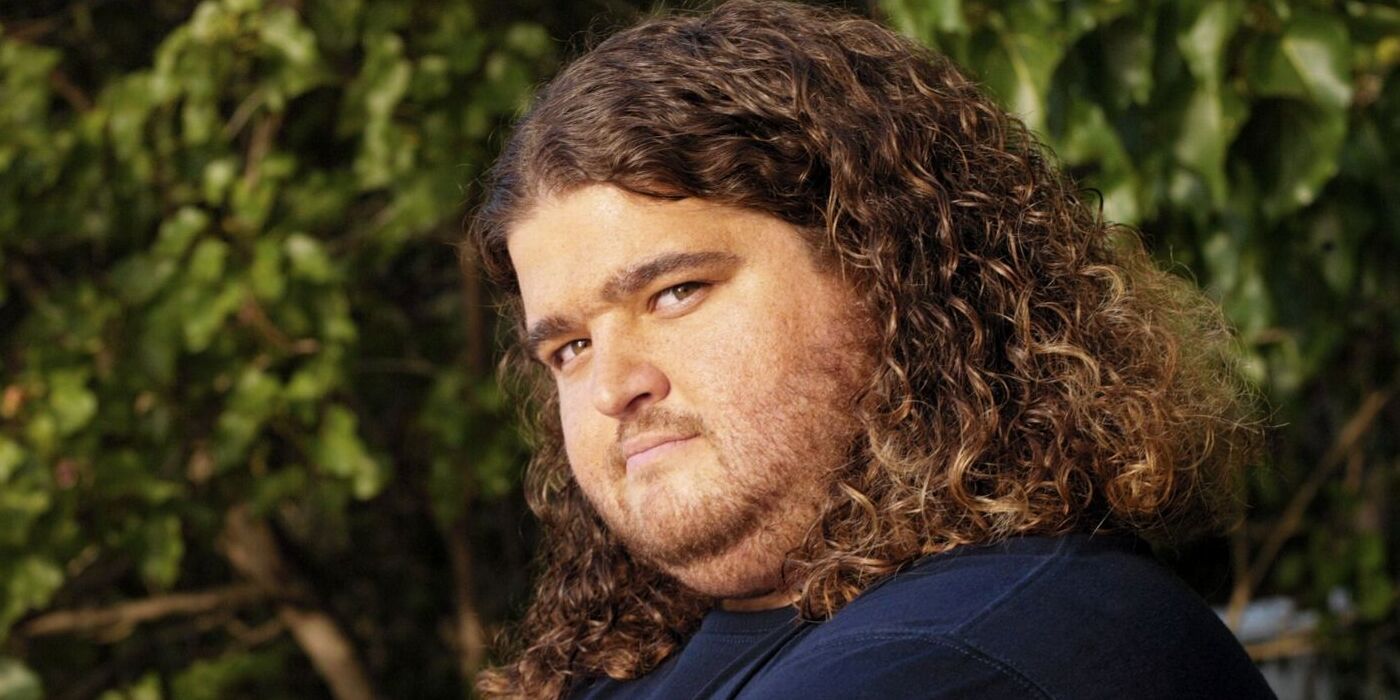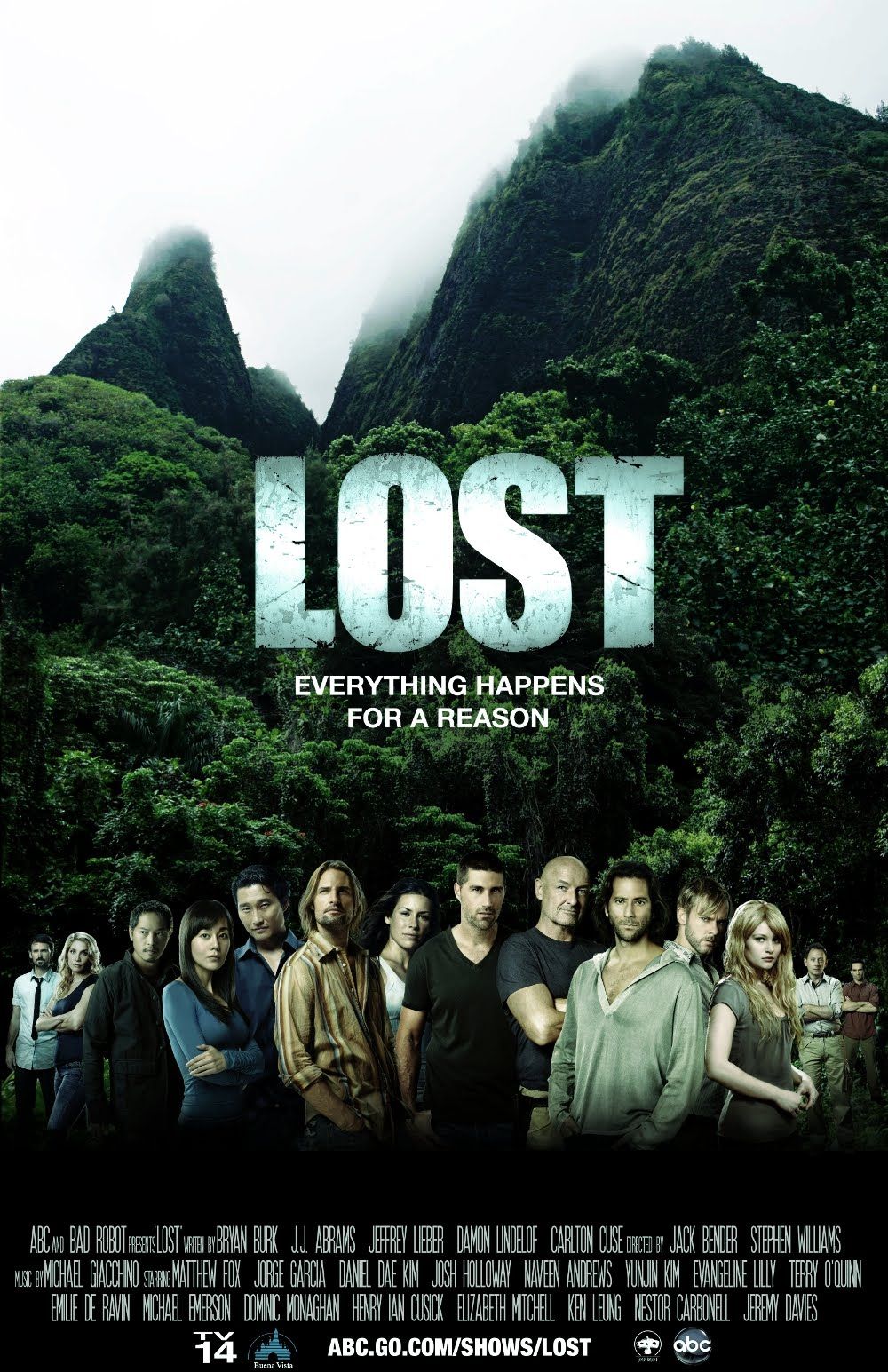Why Is Lost So Important to Television?

Summary
- Lost continues to stand as an iconic TV series, leaving a lasting impact through its unique elements.
- Lost used a non-linear narrative structure that was ahead of its time to support its character-driven storytelling.
- J.J. Abrams, who co-created the show, implemented the mystery box approach, a term he popularized, to Lost.
Almost two decades later, Lost continues to stand as an iconic and culturally transformative TV series, leaving a lasting impact on the modern television landscape through its narrative structure, genre-bending, and character-driven storytelling. The show unfolds as a group of survivors finds themselves stranded on a mysterious island. Realizing they are not alone, they must set aside their differences and work together to survive while facing numerous seemingly scientific and supernatural threats.
Upon its release, Lost was a cultural phenomenon, gaining immense popularity for its innovative storytelling, diverse characters, and mystery. It became known for its watercooler moments, where viewers dissected episodes and discussed theories, ultimately changing the way in which entertainment media was consumed. The show ran for six seasons, but after the departure of co-creator J.J. Abrams, along with other stars, and a growing pile of lingering questions, things started to go downhill for the series. Due to the complex narrative and mystery buildups, expectations for the finale were exceptionally high. While the manner in which the show ended left fans divided – with some viewers appreciating the emotional depth, philosophical themes, and character resolutions – others felt it didn’t deliver on promises established in earlier seasons. While the nature of the finale did influence the show’s legacy, other elements and earlier seasons still establish it as a pioneer in the evolution of modern TV.
Lost Pioneered a Non-linear Structure That Supported Character-Driven Storytelling
As seen with the live-action One Piece adaptation, a new formula was introduced regarding the use of flashback sequences. In contrast to anime – where flashbacks often occupy entire episodes – in the live-action, they are broken up into pieces and woven into the current narrative. Years earlier, Lost pioneered a non-linear structure by combining present-day events with character flashbacks and flash-forwards. This approach supported its character-driven storytelling by gradually unveiling the survivors’ pasts and revealing shocking truths. For example, in the case of the character John Locke, audiences discover in Season 1, Episode 4, “Walkabout,” that he was paralyzed from the waist down and miraculously regained the ability to walk after the plane crash. Later on, it is revealed that he used to work at a box company, with characters such as Boone initially not believing him when he shares this information about his past, thinking he is just joking. Like these characters, this also subverted the audience’s initial perceptions of Locke, who was seen as a mysterious and capable figure with skills that could help them survive on the island.
Ashoka also utilized flashbacks in Season 1, Episode 5, “Part Five: Shadow Warrior,” to emphasize the trauma its main character experienced when she was a padawan in the Clone Wars. The flashback made it clear that the reason why she was reluctant to take on padawans was because she did not want to subject them to the same kind of training she endured back then, providing context to her decision to walk away from Sabine Wren and Grogu. Similar to Lost, its flashbacks are crucial for understanding character development and the context of choices. In Season 1, Episode 7, “The Moth,” it is revealed that Charlie, who was in the famous rock band Drive Shaft, and the band’s hit song, “You All Everybody,” brought him and his brother fame and financial success. However, despite his outward success, Charlie suffers from personal demons, including drug addiction. Charlie’s troubled relationship with his brother, coupled with his desire for success and an inferiority complex, led him to the use of drugs as a coping mechanism.
In the episode, Locke confiscates Charlie’s drugs, stating that he will return them after he asks for them a third time. When Charlie’s feelings of inadequacy and insecurity are triggered, he initially considers taking the drugs as an escape from his emotional struggles. However, Locke then uses a moth hatching from its cocoon as a poignant and symbolic metaphor to convey a message about struggle, transformation, and the importance of facing one’s challenges. Charlie then tries to confront his challenges head-on. As audiences witness Charlie grappling with his withdrawal symptoms while putting aside his feelings of inadequacy to help save Jack from a cave-in, they are also treated to flashbacks where Charlie is in the thrall of his addiction. This juxtaposition puts his personal redemption arc into perspective, signifying his struggle to overcome addiction and find true inner strength.
Lost Harnessed Genre-Bending and Mystery Box Elements to Captivate Audiences
Genre-bending has become increasingly popular in the entertainment media, as seen in films such as Kristoffer Borgils’s Dream Scenario, where he took a high horror movie concept from A Nightmare on Elm Street and integrated it into the cultural context of the current times. Similarly, Lost didn’t adhere to any genre rules, seamlessly blending various genres, including sci-fi, mystery, serial drama, supernatural, and thriller. At its core, Lost was an adventure series set on a mysterious island, combining the thrill of survival with the intrigue of the unknown, keeping audiences hooked on its survivalist and adventure elements. However, it goes beyond this, creating a narrative that appeals to a broad audience, engaging them by defying expectations. As the show progresses, the sci-fi and supernatural elements also come into play. The mysterious properties of the island’s electromagnetism and the Dharma Initiative’s experiments are central to the show’s sci-fi elements, adding layers of complexity and intrigue to the narrative. The supernatural aspect is introduced with the appearance of the smoke monster, a pillar of black smoke capable of taking various forms intricately tied to the island and its mystical properties.
The series also combined this approach with its mystery box storytelling, a term popularized by J.J. Abrams, who co-created the show. MGM+’s From is the latest in the long line of mystery box TV storytelling, with several producers from Lost coming aboard to work on the show. From has been effective at introducing intriguing mysteries, but to avoid the pitfalls of this type of storytelling in Season 3, it must elaborate further on the mythos and introduce clear-cut goals, as Lost did for each season. The application of the mystery box approach can be challenging – but Lost’s ability to sustain interest over multiple seasons speaks of the show’s effective use of this technique through its introduction of enigmatic elements and unresolved questions. From the beginning, Lost presented a high-concept premise tied to the mysterious island that, combined with various mysteries, twists, and reveals, created suspense, anticipation, and a sense of wonder. The mystery box elements are clearly visible throughout the series as the show constantly raises questions regarding the mysterious happenings on the island, one of which involves the recurring numbers.
The mystery involving the numbers is first introduced in Season 1, Episode 18, “Numbers.” When Hurley sees the numbers on Rousseau’s maps and notes, he recalls them from his past, prompting him to head into the jungle after the French woman. Audiences learn through flashbacks that Hurley used the numbers to win the lottery. However, he soon starts to think that the numbers are cursed as bad luck follows him. Hurley meets up with a friend at a mental health institution, Leonard, a former U.S. naval officer, who has been constantly repeating the same sequences of numbers: 4, 8, 15, 16, 23, 42, where Hurley first heard of them. Leonard informs him that he heard the numbers from a former colleague now residing in Australia. Hurley tracks down the person’s address, only to find out he is dead upon speaking to the man’s wife. She reveals that he heard the numbers looping on a radio broadcast at a listening post out in the Pacific one night and that he used the numbers, which resulted in similar bad luck.
In the present, when Hurley finally meets up with the French woman who wrote the numbers down, she tells him she doesn’t know anything about them. However, she assumes that the numbers brought both of them to the island. For what reason, she doesn’t know. By the end of the episode, audiences are left with a number of lingering questions regarding where the numbers actually came from and what the reason is for their existence. As the series progresses, some of the answers to these questions are provided, but their elusiveness contributes to the overarching mystery of the island. The result is Lost becoming a trailblazer in the use of this technique, and combined with its character-driven plot and non-linear narrative, creates a series that has revolutionized modern TV.

Lost
The survivors of a plane crash are forced to work together in order to survive on a seemingly deserted tropical island.
- Release Date
- September 22, 2004
- Cast
- Jorge Garcia, Josh Holloway, Yunjin Kim, Evangeline Lilly, Terry O’Quinn, Naveen Andrews
- Main Genre
- Drama
- Genres
- Drama, Adventure, Mystery
- Rating
- TV-14
- Seasons
- 6



:quality(85)/cloudfront-us-east-1.images.arcpublishing.com/infobae/JUE6K4YTERCS3F7IUPQNXFIFSA.jpg)